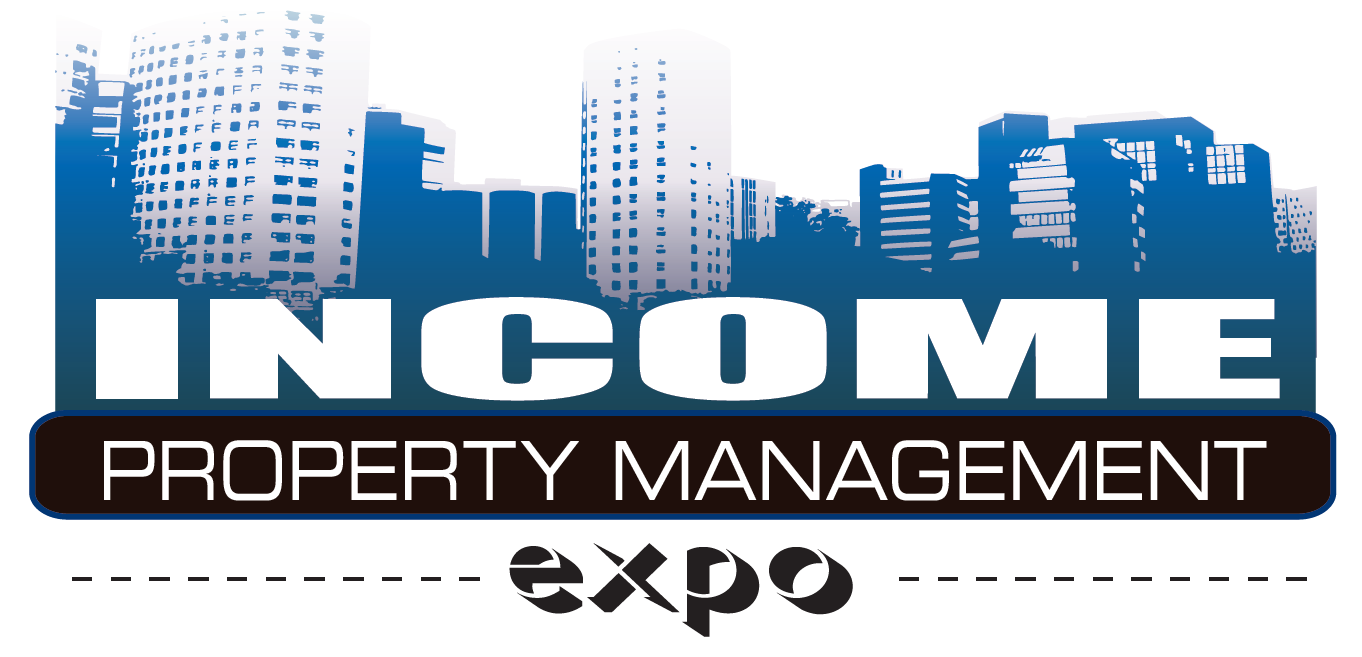Property News Reports – Is the Bubble About to Burst?
Kathy specializes in teaching people how build multi-million dollar real estate portfolios through creative finance and planning. She is passionate about researching and then sharing the most important information about real estate, market cycles and the economy. Author of the #1 best seller, Retire Rich with Rentals, Kathy is a frequent guest expert on such media as CNN, CNBC, Fox News, NPR and CBS MarketWatch. Learn more about Kathy & the Real Wealth Network at http://www.RealWealthNetwork.com




 Kathy is an active real estate investor, licensed Realtor, certified coach, and former mortgage broker. She specializes in helping people build multi-million dollar real estate portfolios through creative finance and planning. With a passion for researching and sharing the most important facts on real estate and economics, Kathy is a frequent guest expert on such media as CNN, CNBC, Fox News, NPR, CBS MarketWatch and the Wall Street Journal. She is the author of the #1 best seller, Retire Rich with Rentals, and is host of The Real Wealth Show – which is a featured podcast on iTunes with listeners in 27 different countries.
Kathy is an active real estate investor, licensed Realtor, certified coach, and former mortgage broker. She specializes in helping people build multi-million dollar real estate portfolios through creative finance and planning. With a passion for researching and sharing the most important facts on real estate and economics, Kathy is a frequent guest expert on such media as CNN, CNBC, Fox News, NPR, CBS MarketWatch and the Wall Street Journal. She is the author of the #1 best seller, Retire Rich with Rentals, and is host of The Real Wealth Show – which is a featured podcast on iTunes with listeners in 27 different countries.



 Dr. Khatri has 31 years of civil engineering experience involving land development, subdivision, commercial, residential, multi-family, industrial, and educational facilities. Design, construction, and overall management of major infrastructure improvements comprising sewer, water, storm drain, flood control, and grading design.
Dr. Khatri has 31 years of civil engineering experience involving land development, subdivision, commercial, residential, multi-family, industrial, and educational facilities. Design, construction, and overall management of major infrastructure improvements comprising sewer, water, storm drain, flood control, and grading design.
 INCOME PROPERTY EXPO IN PASADENA HOSTS HOWARD JARVIS TAXPAYERS AND REAL ESTATE EXPERTS TUESDAY, MARCH 14TH
INCOME PROPERTY EXPO IN PASADENA HOSTS HOWARD JARVIS TAXPAYERS AND REAL ESTATE EXPERTS TUESDAY, MARCH 14TH  PASADENA (March 3) — Commercial and residential property owners, managers and investors can learn what’s new in financing, strategies and products at the 5th Annual
PASADENA (March 3) — Commercial and residential property owners, managers and investors can learn what’s new in financing, strategies and products at the 5th Annual 



